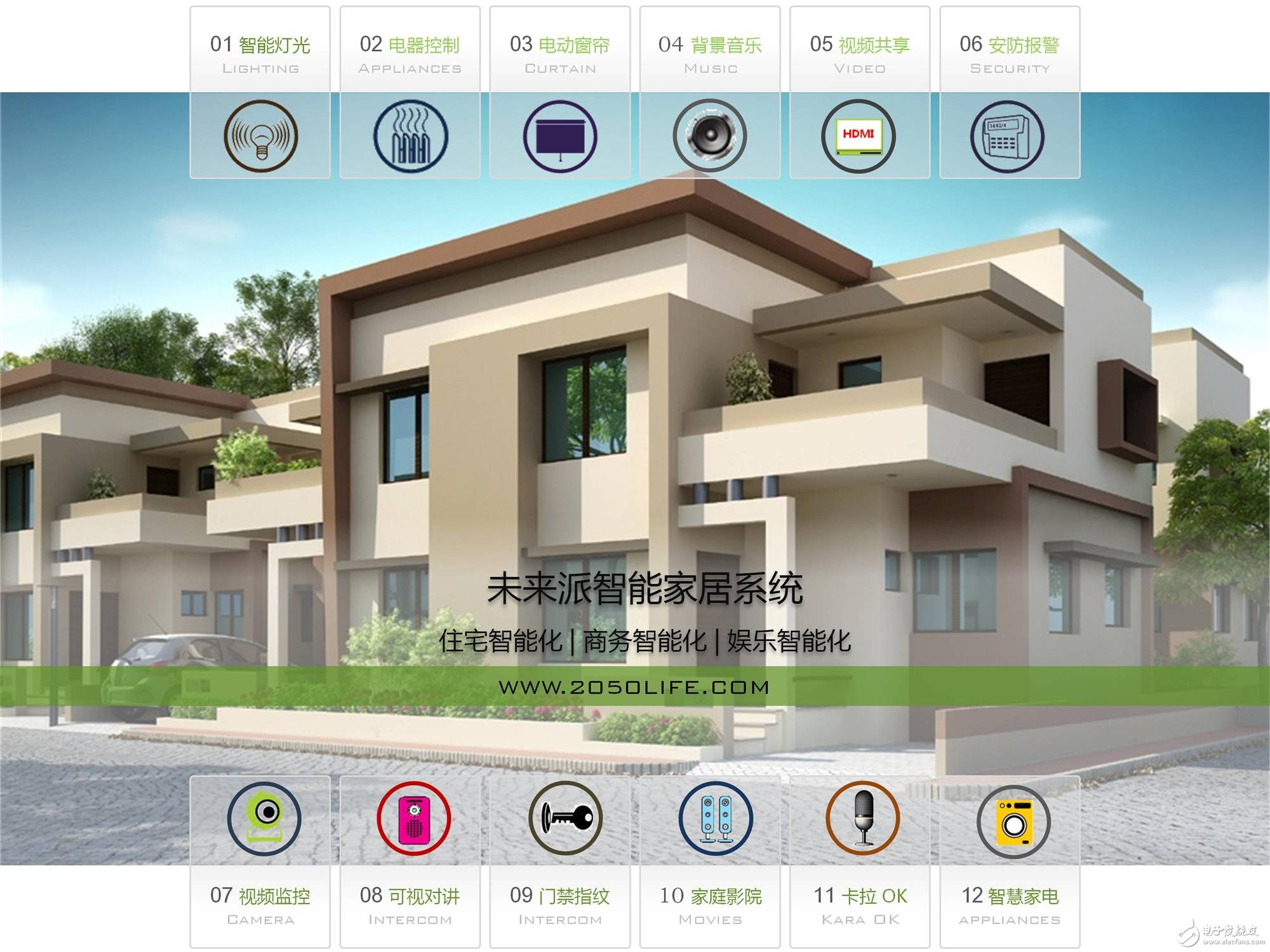IBM, STMicroelectronics and Shaspa jointly announced a joint research and development of cloud computing and mobile computing, allowing equipment vendors and service providers to provide consumers with innovative home function management and interaction methods, using gesture recognition and voice recognition and other user interfaces to control the home Function and entertainment system to create a more intelligent home environment.
The "smart home" concept integrates network functions and provides a home gateway that connects TVs, computers, mobile devices, meters, lights, appliances, electrical outlets and sensors, and external services at home. Parks Associates predicts that by the end of 2015, more than 8 billion devices will be connected to the home network.

The three companies have shown a TV connected to the STMicroelectronics gateway and the IBM cloud. This TV runs Shaspa software. The system can monitor household environmental parameters (such as temperature) through sensors, and can monitor carbon dioxide content or people's movements at home through a wireless or batteryless IPv6 network. Data is sent to a smartphone or tablet via a wireless router. In this way, the owner can transfer a lot of housework management to the cloud, using events and time-based preset scenarios to interact with the system.
The three companies anticipate that this plan will allow consumers to use any device capable of running applications to manage various forms of personal activities, such as viewing household electricity usage; controlling home security, heating and lighting systems; starting appliances (such as washing machines); monitoring health Status or assisted living conditions; or engaged in e-commerce. For example, a person with limited mobility can make a gesture to the TV to open the door, increase the amount of warm air, or view vital signs. Sensors and devices respond seamlessly to user needs and mimic the way humans sense the environment, so this project represents the future of electronic technology.
Bruce Anderson, general manager of IBM Global Electronics Industry, said: "The emergence of cloud services has brought us into a new era. Personal clouds are infiltrating human daily life and smart homes, improving energy efficiency, health care and home entertainment. This collaboration exemplifies cloud In addition to improving the efficiency of information technology, computing can also be used for industrial and commercial enterprise innovation. From seeing personal needs and historical records to focusing on personal needs and historical records, and then remembering personal needs and historical records, future cloud-enabled electronic products will be able to sense To what people think. "
In this project, ST's home gateway and Shaspa's embedded software serve as a bridge between IBM's Smart Cloud Service Delivery Platform cloud services, and provide a cloud computing platform for electronic product manufacturers to manage smart products and quickly launch services. Based on STIH416, the home gateway provides physical connection, configuration middleware, management middleware, application protocols, and interfaces for connecting and controlling the Internet of Things. The home network system-level chip runs Linux and OSGi-compliant service management system software.
Shaspa's GUI and application software provide the infrastructure for gateway-cloud service operation. The mobile interface of IBM Worklight and Shaspa embedded software forms a mobile application platform, allowing end users to control and manage their homes on personal devices. The mobile platform is used to create applications, connect the applications to all sensors in the home, and handle all events. IBM software such as MQ Series and Worklight can send data to mobile devices. The data captured in the cloud network supports advanced analysis systems for new discoveries.
Oliver Goh, founder and CEO of Shaspa, said: "Smart buildings are the only way to a sustainable world. This kind of building with access to cloud systems shows that life networking is now possible. This kind of security is scalable 'S solution can promote the development of the ecosystem and facilitate manufacturers to quickly develop and deploy value-added services. "
Smart homes that use technology to improve the quality of life of residents are not a new concept. In fact, this is a major theme of the 1933 Chicago World Expo. Now, we can finally realize the dream of smart home, adopting the system with expansion, interoperability and security features from the beginning, which requires the leading manufacturers in the ecosystem to cooperate with each other.
Alessandro Cremonesi, vice president and general manager of advanced system technology at STMicroelectronics, said: "Smart homes are an important part of the smart world. We need a more intelligent world to solve important global challenges, including energy saving and consumption reduction. , Convenient and easy-to-use health care services that everyone can enjoy. Many technologies and skills must be integrated to promote the development of the smart world. This cooperation confirms from sensors, low-power microcontrollers and communication devices to home gateways. ST's solutions combined with the great success we have achieved in industrial cooperation have greatly promoted the realization of smart homes. "
Jinhu Weibao Trading Co., Ltd , https://www.weibaoxd.com